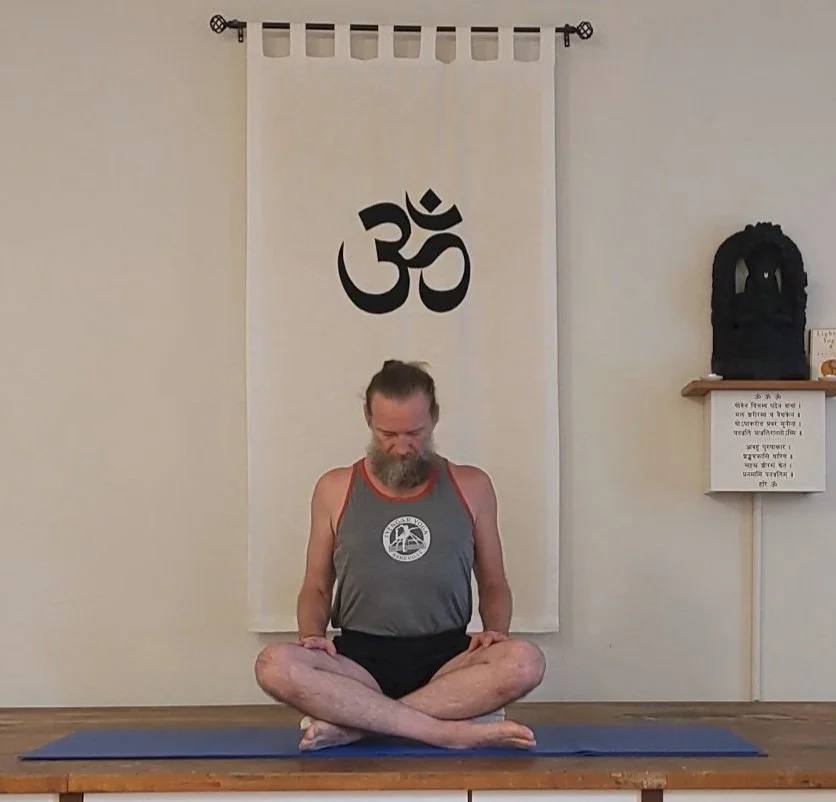Most of us are familiar with yoga poses (asana) and often times when we think of yoga that is what we think of. Images of some contorted body position are what come to mind when someone mentions yoga. However, asana is only third limb of the eight limbs of yoga although it does serve as a great way into the practice. So then what is pranayama, how do I practice “it” and what would it be like to attend a pranayama class?
First, and briefly, we need to unpack the words prana and yama just a little. We can think of prana, in very simple terms, as energy. Often times it is thought of as vital energy or life force. Yama has several valid translations but in this case it is perhaps best thought of as control. So putting this together we can see that the practice of pranayama is a control of the energies of the body. You might say that is not a very helpful definition. And some of you might say you think of pranayama as breathwork. I would agree with both sentiments. Think of energy coming to the body through the process of respiration. The body acquires energy through the intake of oxygen and through chemical processes, converting it to and exhaling carbon dioxide. With this understanding we can look at energy, not as breath per se, but energy can be thought of as carried on the breath.
Before we really start manipulating the energy of the body, which can be dangerous if not done correctly, we first learn to examine and gently manipulate the breath. Prashant Iyengar often refers to these preliminary practices as “savasayama” where savasa means breath. Similarly, B.K.S. Iyengar has described some of the first stages, such as ujjayi 1, as merely breath observation in a supine position. Whether we get to actually controlling the energies of the body, these practices are a further step toward self discovery. In asana we are typically looking at the skin, muscles, bones, and flesh. While in pranayama it is more of an organic look inward. It is looking at this machine we call our body and exploring it from the inside.


